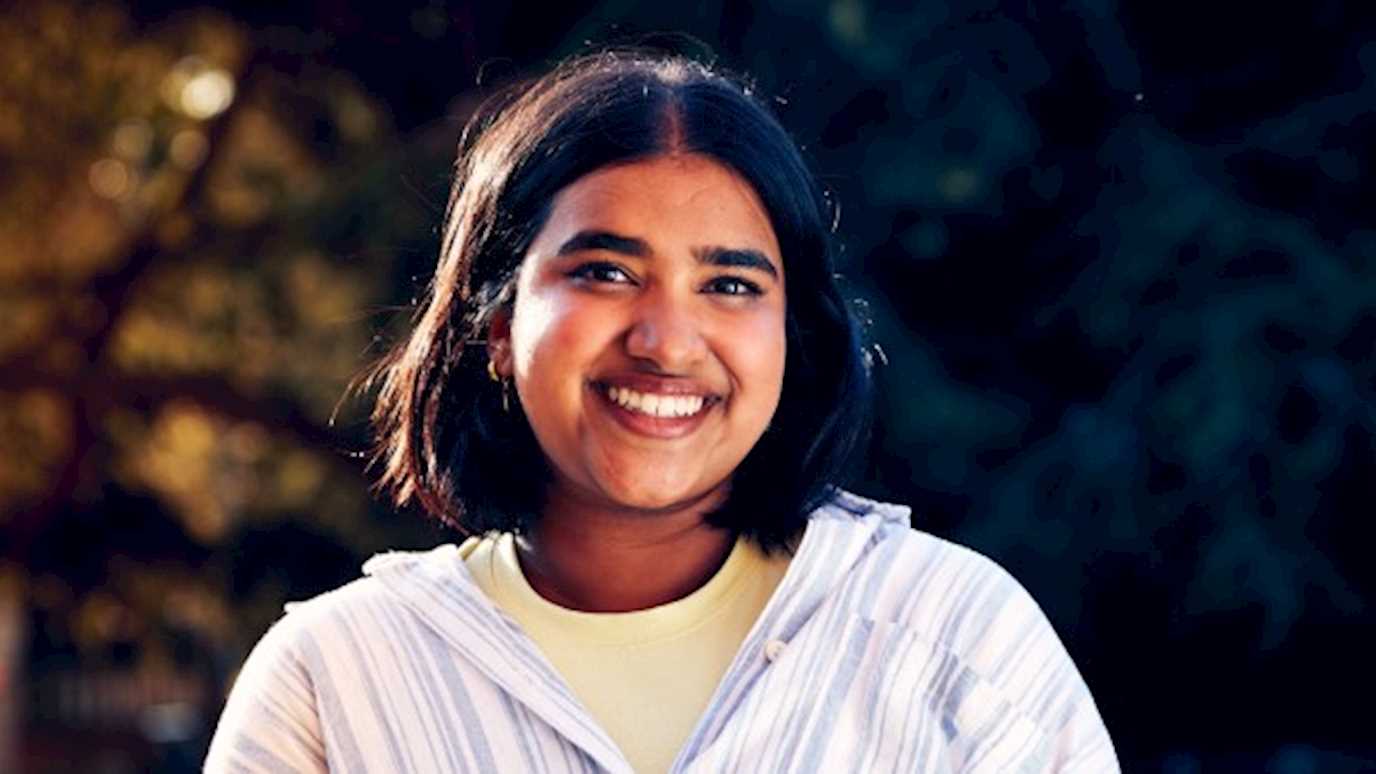The Royal Holloway Astronomy group specialises in the study of black holes and ultra-compact neutron stars using gravitational waves.
Image credit: Carl Knox & Mark Myers
There is PhD funding available within the Centre for Particle Physics group. For more information please check here.
About
We study some of the most captivating astronomical objects: black holes, where gravity is so strong not even light can escape, and neutron stars composed of superdense nuclear matter supported only by quantum degeneracy pressure. When black holes and neutron stars collide, they produce ripples in spacetime called gravitational waves. In 2015, the 4km long LIGO laser interferometers made the first-ever detection of gravitational waves from colliding black holes. Since then, we have seen nearly 100 collisions, enabling a new way to study the Universe: gravitational-wave astronomy.
Royal Holloway is a member of the LIGO Scientific Collaboration and has links to the LISA Consortium and the Cosmic Explorer Collaboration, which are building the instruments of the future.
Members
Academics
| Dr Greg Ashton | Gravitational waves |
Greg Ashton is a gravitational-wave astronomer and member of the LIGO Scientific Collaboration. He co-chairs the Collaborations largest observational science group, the Compact Binary Group, responsible for finding and analysing all the mergers between black holes and neutron stars. His research focuses on how we extract science from the data, from measuring the mass of the black holes to understanding what the signals tell us about the nature of Gravity and the evolution of our Universe. He started his research career at the University of Southampton working with Ian Jones and Reinhard Prix where he completed his PhD in 2016 on Timing variations in neutron stars: models, inference and their implications for gravitational waves. Following this he held a postdoc position at the Albert Einstein Institute, Hannover before moving in 2018 to Monash University in Australia to work as an Assistant Lecturer with Paul Lasky. He then joined the Institute for Cosmology and Gravitation at the University of Portsmouth working with Laura Nuttall as a Research Fellow before taking up his current post in 2021, as a Lecturer in Physics at Royal Holloway, University of London.
Research Students
| Mattia Emma | PhD student |
Publications
Ashton, G. & Talbot C., BILBY-MCMC: an MCMC sampler for gravitational-wave inference, Monthly Notices of the Royal Astronomical Society, Volume 507, Issue 2 (2020)



















